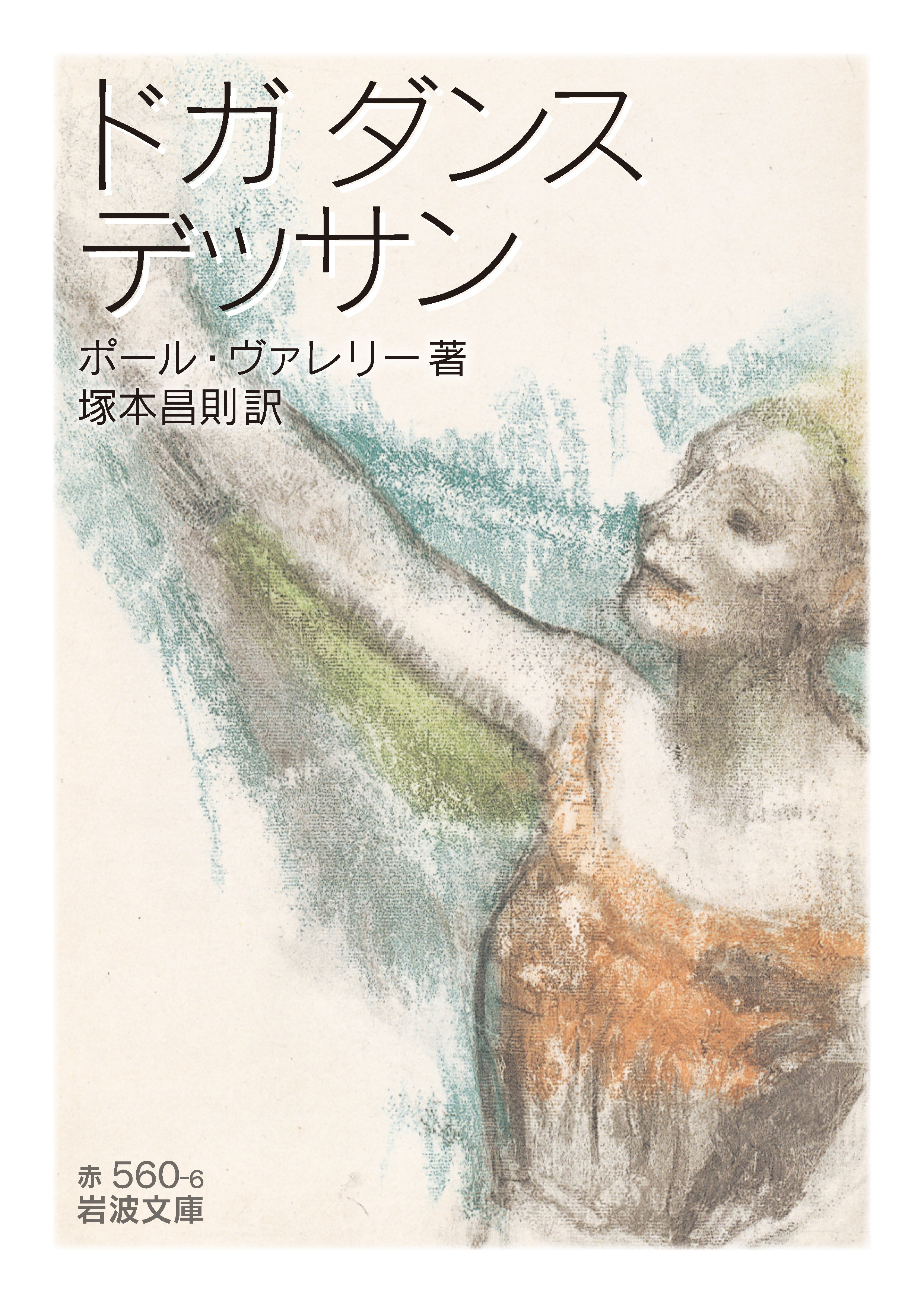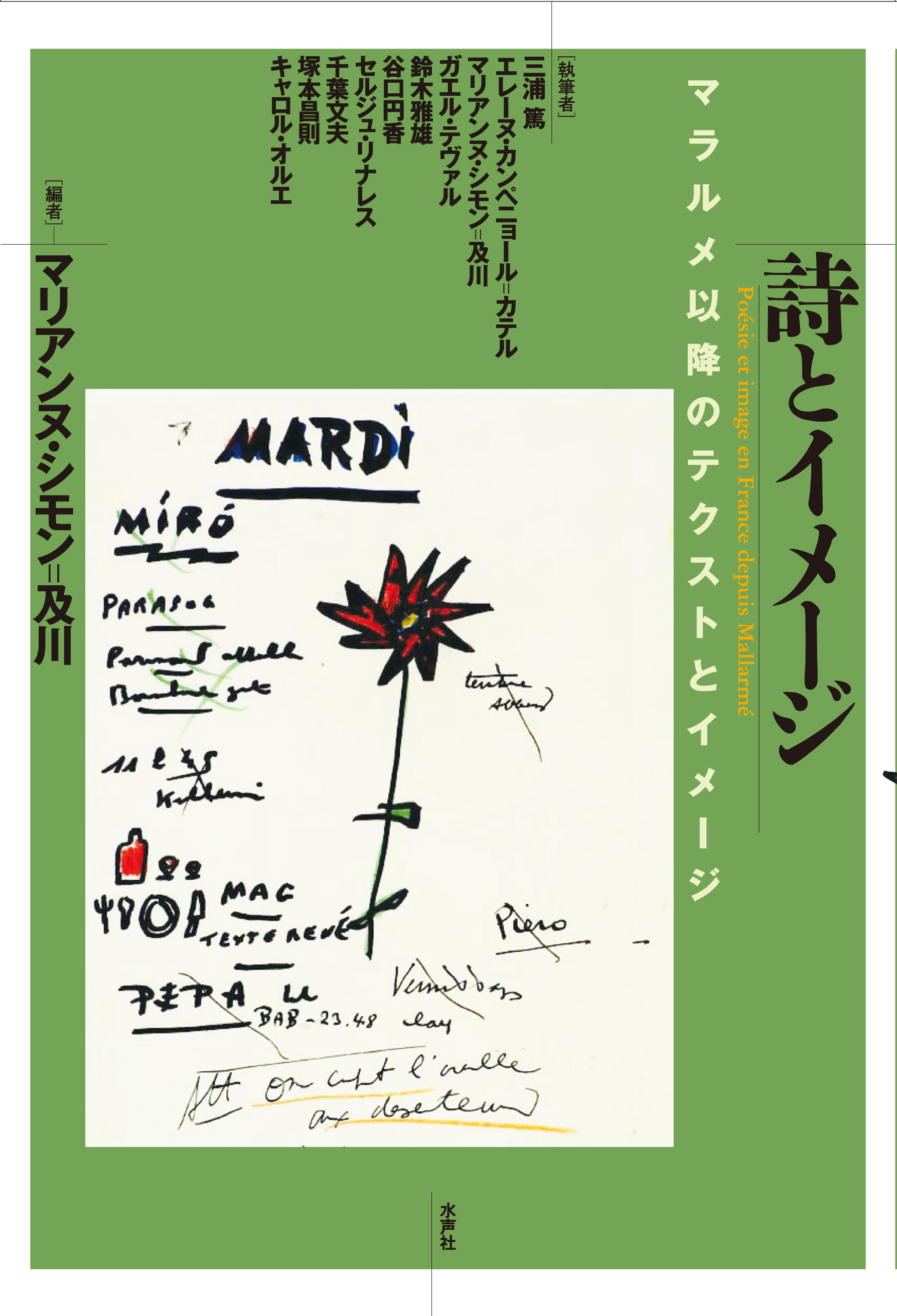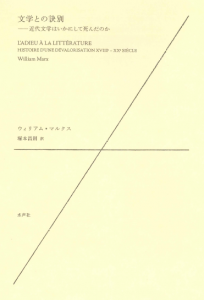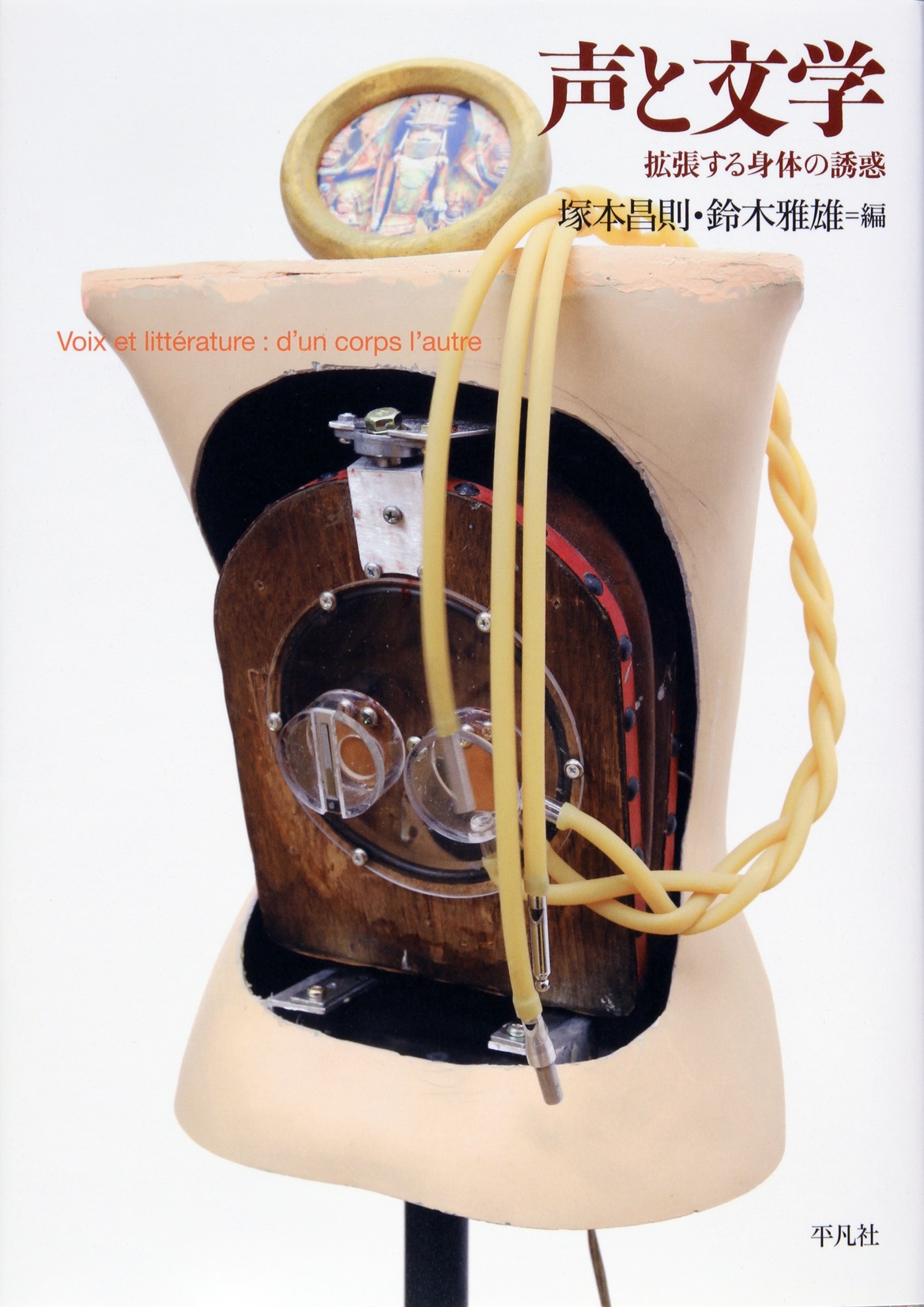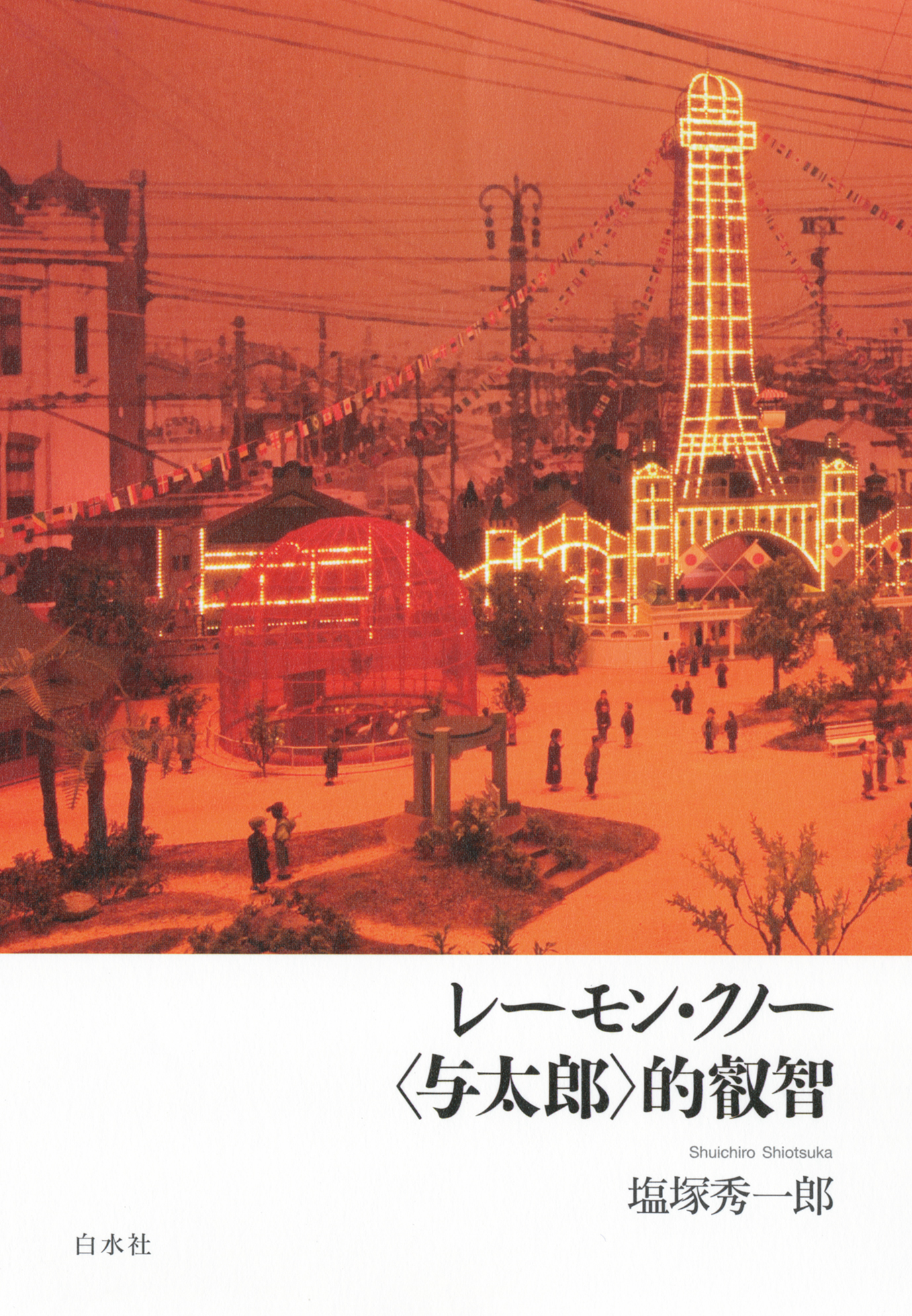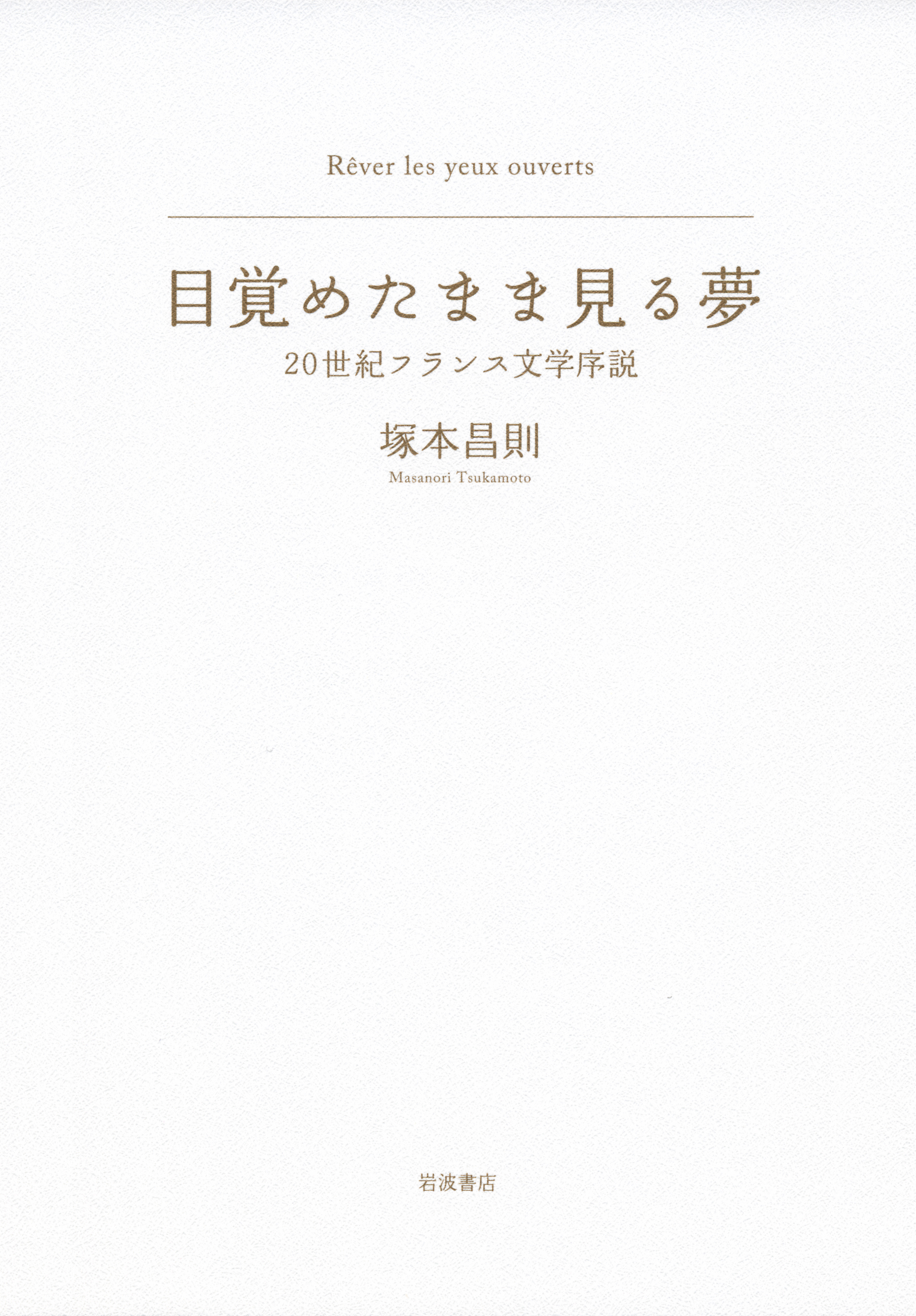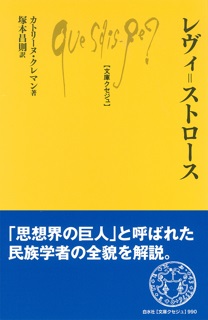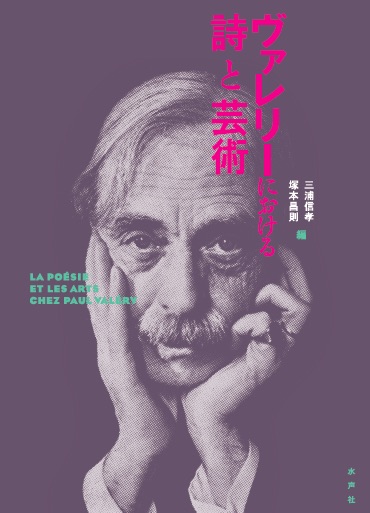
Title
Valéry ni okeru shi to geijutsu (Poetry and art in Valéry)
Size
362 pages, A5 format, hardcover
Language
Japanese
Released
August 30, 2018
ISBN
978-4-8010-0358-3
Published by
Suiseisha
Book Info
See Book Availability at Library
Japanese Page
Are you familiar with a writer by the name of Paul Valéry? He was a French poet and critic frequently cited by Japanese authors such as Hideo Kobayashi, Kenichi Yoshida, and Jun Ishikawa as they sought to create a new language of criticism. Various writers tried to internalize the words of Valéry and discover how to refine criticism as a method, instead of leaving it simply as a temporary “impression.” This French writer devoted his entire life to determine how clearly one could become aware of the process of production.
In dealing with poetry, Valéry attempted to put more effort into clarifying the method by which a poem is created, rather than writing a poem itself. He sought to identify a production mechanism that would make any poem look as though it were a product of it. To what extent do rules and styles contribute to the creation of poems? What kind of coincidence would be necessary? For what purpose are poems written to begin with? Valéry asked these questions ad infinitum. In fact, his questions went beyond poetry in the narrow sense of the term; they spanned a wide range of fields involving productive activities. This book is a collection of essays that examines Valéry’s thinking regarding production from various angles.
Valéry called an attempt to identify a method that would make production possible, rather than the act of production itself, poïétique. This is a word he coined based on the Greek root poïein (to produce), from which the word poétique (poetics) is derived. In the hands of Valéry, poetics, instead of a list of rules for writing a poem, become poïétique, a process of identifying the complex operations that come into play when one’s spirit seeks to create. What is important is that poetry here is understood as an act of production, which is common to all manifestations of art. From this perspective, discussions regarding poetry can be expanded to all kinds of art: painting, architecture, music, dance, theater, photography, and cinema.
It was this poïétique that Valéry attempted in his early works, such as Introduction à la méthode de Léonard de Vinci (Introduction to the Method of Leonardo Da Vinci ) (1895), La Soiree avec Monsieur Teste (An evening with Monsieur Teste) (1896), Une Conquète méthodique (A Conquest by Method) (1897). Valéry sought to discover the extent to which humans could become aware of the process of production, and what would happen if they reached the limit of such awareness. For Valéry, understanding something meant to possess the power to create it. Having such power in all fields may have a primordial influence on the human psyche. When all human activities are converted to calculable operations, will there be any activities left that can be performed only by humans? This question Valéry raised may still be relevant even to this day.
(Written by TSUKAMOTO Masanori, Professor, Graduate School of Humanities and Sociology / 2019)



 Find a book
Find a book



